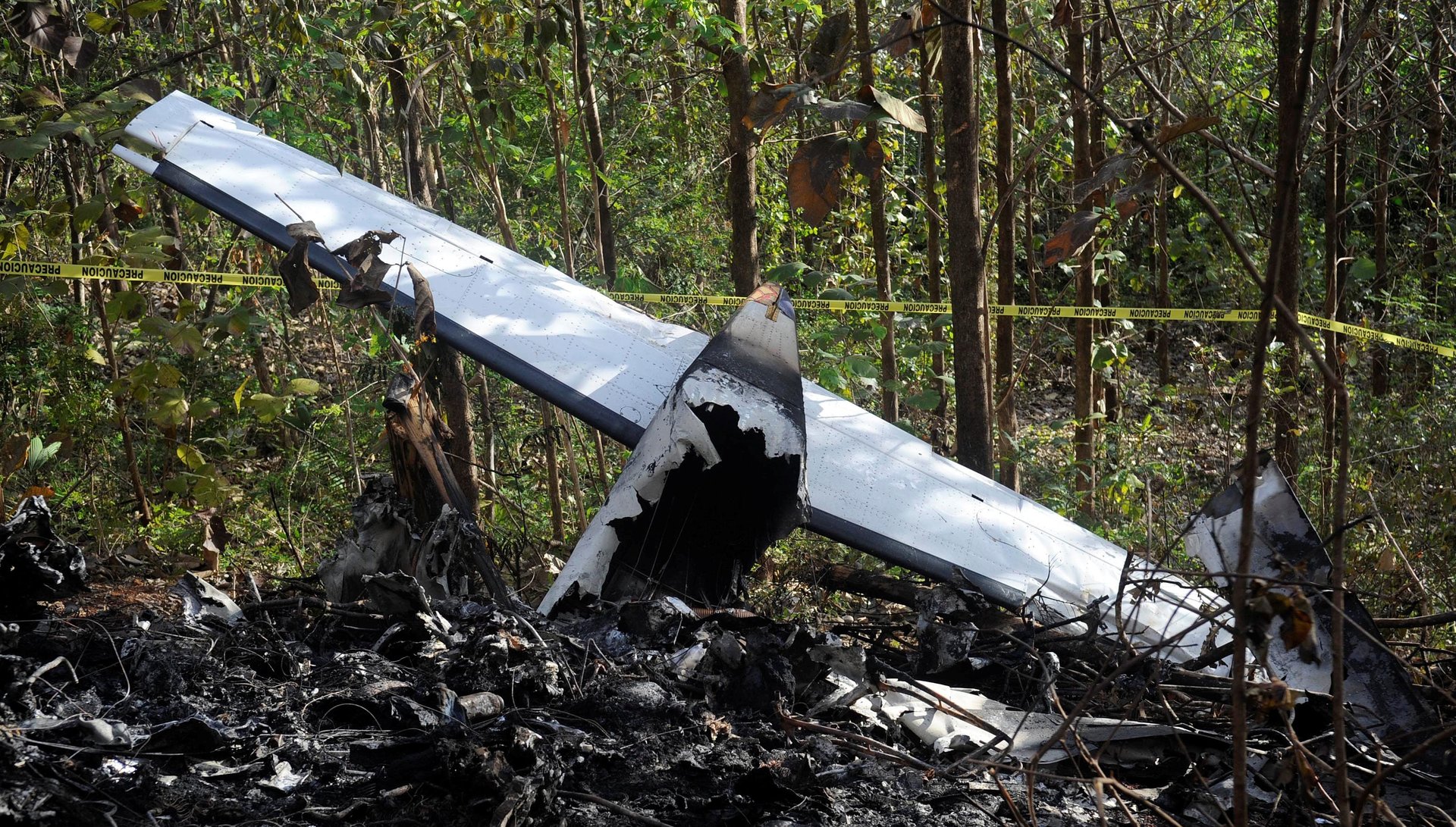Executives are dying in private planes while commercial flights have never been safer
No one who has endured the misery of commercial flights can blame executives for trying to avoid them. But with the comforts of private flights come greater risks.


No one who has endured the misery of commercial flights can blame executives for trying to avoid them. But with the comforts of private flights come greater risks.
On New Year’s Eve, two business executives were killed in chartered plane crashes. Bruce Steinberg, a senior member of the research team at Bridgewater Associates hedge fund, his wife, and three sons were among 10 killed in Costa Rica. And Richard Cousins, the CEO of global catering firm Compass Group, died with his two sons, his fiancée, and her daughter when their seaplane crashed just north of Sydney.
The two tragedies—which occurred in small, single-engine planes chartered by the men and their families while on vacation—are only the latest instances of executives killed in private aircraft crashes. In 2014, Christophe de Margerie, the CEO of French oil company Total, died when his corporate jet collided with a snow plow in Moscow. In 2010, the entire board of Australian mining company Sundance Resources died when their small plane went down in the jungle of Democratic Republic of the Congo. In 2006, Howard “Butch” Kerzner, a hotel and casino developer, was killed in a helicopter crash in the Dominican Republic. Sadly, there are others, including numerous high-profile athletes and teams.
Business executives choose to fly in private planes for reasons of convenience, privacy, and security. In some cases, their employer even requires them to do so. Apple CEO Tim Cook, for example, must use “private aircraft for all business and personal travel” as a security measure, the company disclosed in a regulatory filing last month.
But while private planes offer many advantages, they are significantly more dangerous than commercial air travel, which just had its safest year on record. Out of 35 million commercial global flights in 2017, only two ended in accidents resulting in fatalities, according to To70, an aviation consulting firm. A total of 13 people died in the two crashes in Angola and Russia.
By contrast, general aviation—which includes unscheduled charter flights as well as private flights—is much more dangerous. In the 12 months ending Sept. 30, there were 209 fatal accidents, resulting in 347 deaths, in the US alone, according to the Federal Aviation Administration. The accident rate for general aviation is improving—it’s declined from 1.1 fatal accidents per 100,000 flight hours in 2010 to 0.84 last year—but it’s still safer to fly commercial, particularly in the US. The last fatal commercial flight in the US was in 2009, when 49 people were killed in a Colgan Air crash near Buffalo, New York.